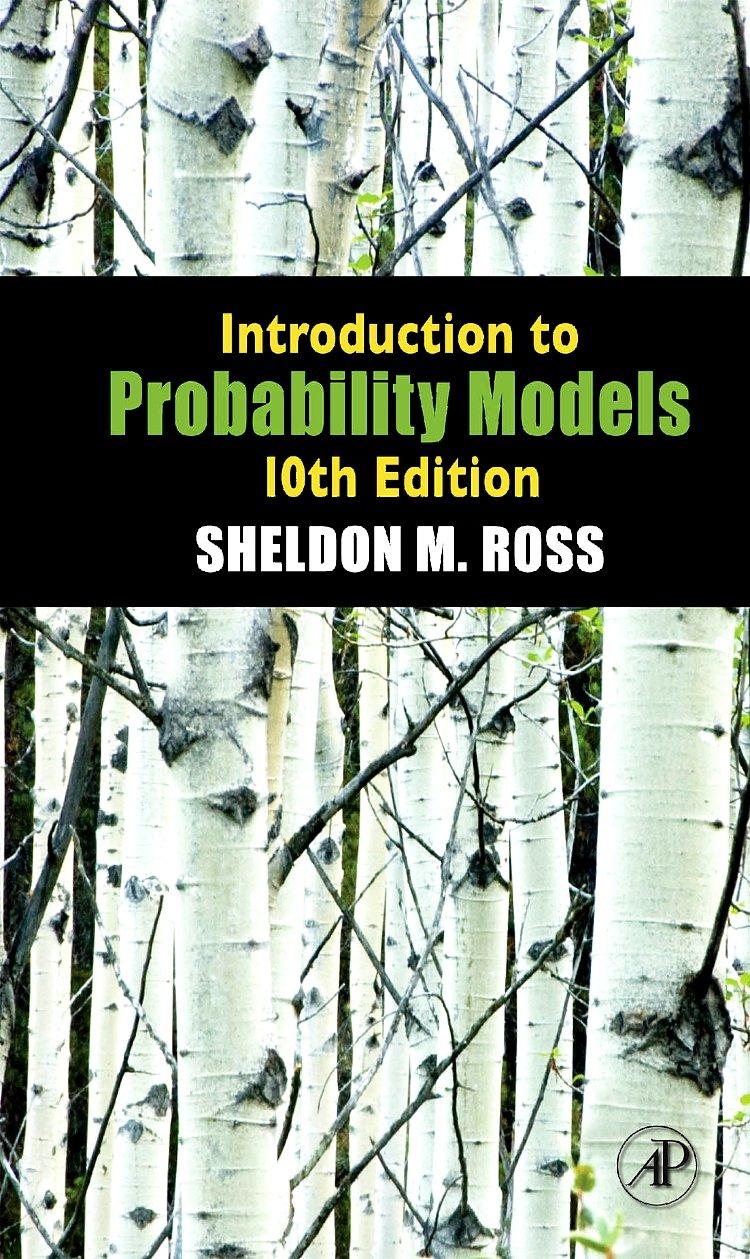Question
Jobs arrive randomly at a particular assembly plant; assume that the arrival rate is five jobs per hour. Service times (in minutes per job) do
Jobs arrive randomly at a particular assembly plant; assume that the arrival rate is five jobs per hour. Service times (in minutes per job) do not follow the exponential probability distribution. Two proposed designs for the plant's assembly operation are shown:
Use the M/G/1 model to compute the operating characteristics for each design.
| Service Time | ||
| Design | Mean | Standard Deviation |
| A | 5.5 | 2.75 |
| B | 4 | 0.6 |
a. What is the service rate in jobs per hour for each design?
(Example: Design A: 1/5, Design B: 5)
b. For the service rates in part (a), what design appears to provide the best or fastest service rate?
Choose: Design A or Design B
c. i. The average number of jobs in the waiting line
(Use fraction or whole number. Example: Design A: 1/5, Design B: 5)
c. ii. The average number of jobs in the system.
(Use fraction or whole number. Example: Design A: 1/5, Design B: 5)
c. iii. The average time a job spends in the waiting line (in hours)
(Use fraction or whole number. Example: Design A: 1/5, Design B: 5)
c. iv. The average time a job spends in the system (in hours)
(Use fraction or whole number. Example: Design A: 1/5, Design B: 5)
d. Which design provides the best operating characteristics? Why?
A. Design A, since it will take shorter time to finish
B. Design B, since it will take shorter time to finish
Step by Step Solution
There are 3 Steps involved in it
Step: 1

Get Instant Access to Expert-Tailored Solutions
See step-by-step solutions with expert insights and AI powered tools for academic success
Step: 2

Step: 3

Ace Your Homework with AI
Get the answers you need in no time with our AI-driven, step-by-step assistance
Get Started


